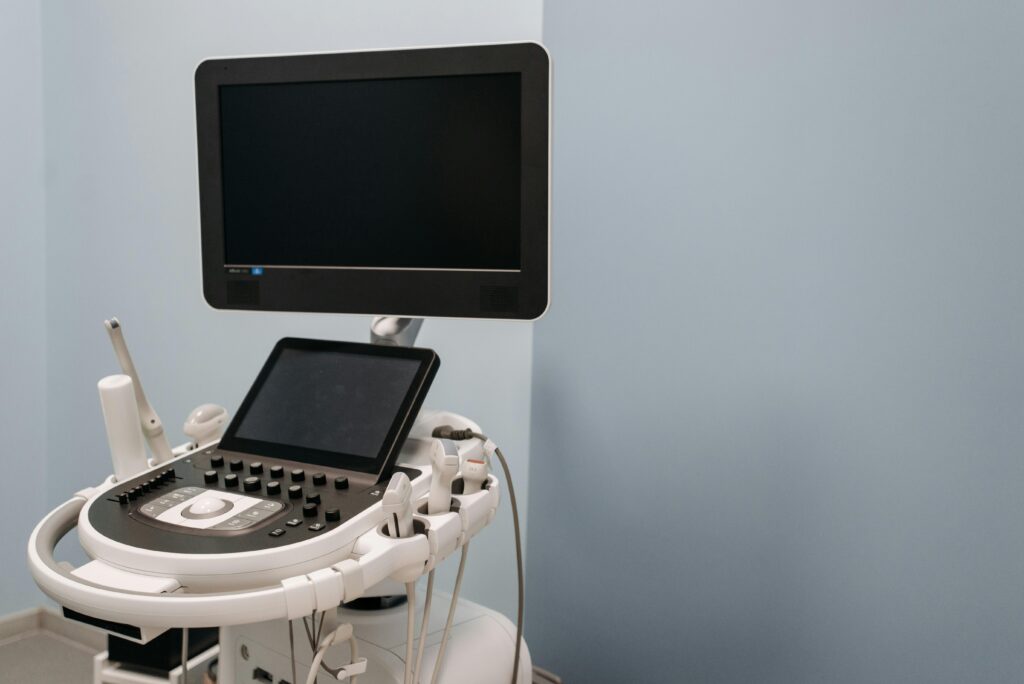Key Facts
Current Ultrasound Capabilities

Smaller lesions are not detected, thus early detection is missed. The reason for this is that current technologies can not allow early detection. Also, the sonographers that conduct the test cannot see the small leasions. Standard ulreasound systems can be used to detect pathologies larger than 5 mm. An expert does the detection and takes more than an hour to scan, with no definitive diagnosis. However, these types of pathologies are the minority, while the superficial pathologies are undetected in any imaging modality. As there is no correlation between pathology dimensions and symptoms, it is crucial to detect them all.

Tech Falls Short
Pathologies as small as 1 mm may cause tremendous pain and may be invisible in any imaging modality!
False negative imaging is common
Unnecessary surgical diagnostic procedures

The Human Factor
The accuracy of scans is operator-dependent
Lack of expert sonographers
Lack of knowledge
Lack of consistency in professional interpetation of medical images
